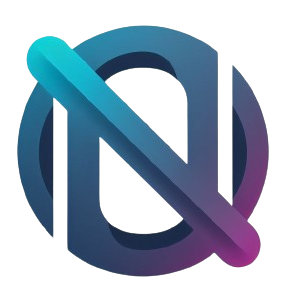Mastering Your WordPress Website: A Guide to the Dashboard
Congratulations! You’ve built your WordPress website and are ready to unleash your creativity online. But before you dive into crafting stunning content, there’s a central hub you need to familiarize yourself with: the WordPress dashboard.
Think of the dashboard as your website’s mission control. It’s where you manage everything from creating blog posts and pages to customizing the design and adding features. In this guide, we’ll navigate the key elements of the dashboard and equip you with the knowledge to become a website management pro.
Unlocking the Dashboard
Accessing your dashboard is a breeze. Simply add “/wp-admin” to your website’s URL (e.g., [invalid URL removed]) and log in using your username and password.
Welcome to Your Command Center
Upon logging in, you’ll be greeted by the dashboard itself. It’s a central interface with various sections designed to streamline your website management experience. Let’s break down some of the crucial elements:
- Navigation Menu: This menu on the left-hand side provides access to all the essential functionalities of WordPress. You can create and manage posts and pages, upload media, install plugins to expand your site’s capabilities, and delve into theme options to personalize the look and feel.
- Widgets: The center area of the dashboard displays customizable widgets. These bite-sized information blocks offer quick glimpses into your site’s activity, recent comments, and WordPress updates. You can personalize which widgets appear to suit your workflow.
- Admin Bar: This bar sits at the top of your screen, no matter where you are on your website (as long as you’re logged in). It provides shortcuts to essential actions like adding new content, managing comments, and viewing the front-end of your site.
Taking Control: Managing Your Content
The heart of your website lies in its content. The dashboard empowers you to effortlessly create and manage blog posts and web pages. Here’s a quick rundown:
- Posts: This section is ideal for crafting blog entries, news articles, or any time-sensitive content. You can schedule posts for future publication, categorize them for easy navigation, and add tags to improve searchability.
- Pages: Use this section to create static content like your About Us page, Contact page, or any information that remains constant.
Design and Functionality: Themes and Plugins
WordPress offers a plethora of themes and plugins to customize your website’s look and functionality.
- Themes: The Themes section allows you to select a pre-designed layout that dictates the visual style of your website. Most themes are customizable, letting you tweak colors, fonts, and layouts to match your brand identity.
- Plugins: These are like mini-applications that expand your website’s capabilities. You can install plugins to add contact forms, create image galleries, enhance security, and much more. The Plugin section lets you browse, install, and manage these powerful tools.
Maintaining Your Website: Updates and Settings
The dashboard also provides features to keep your website running smoothly:
- Updates: WordPress regularly releases updates to fix bugs, improve security, and introduce new features. The Updates section lets you install these updates with a single click.
- Settings: This section gives you granular control over various aspects of your website, such as configuring permalinks (the URLs for your posts and pages), setting up user roles, and managing comments.
- Conclusion
The WordPress dashboard is your gateway to website management success. By familiarizing yourself with its various sections and functionalities, you’ll be well on your way to creating, maintaining, and growing a website that achieves your goals. So, log in to your dashboard today and unleash your website’s full potential!
